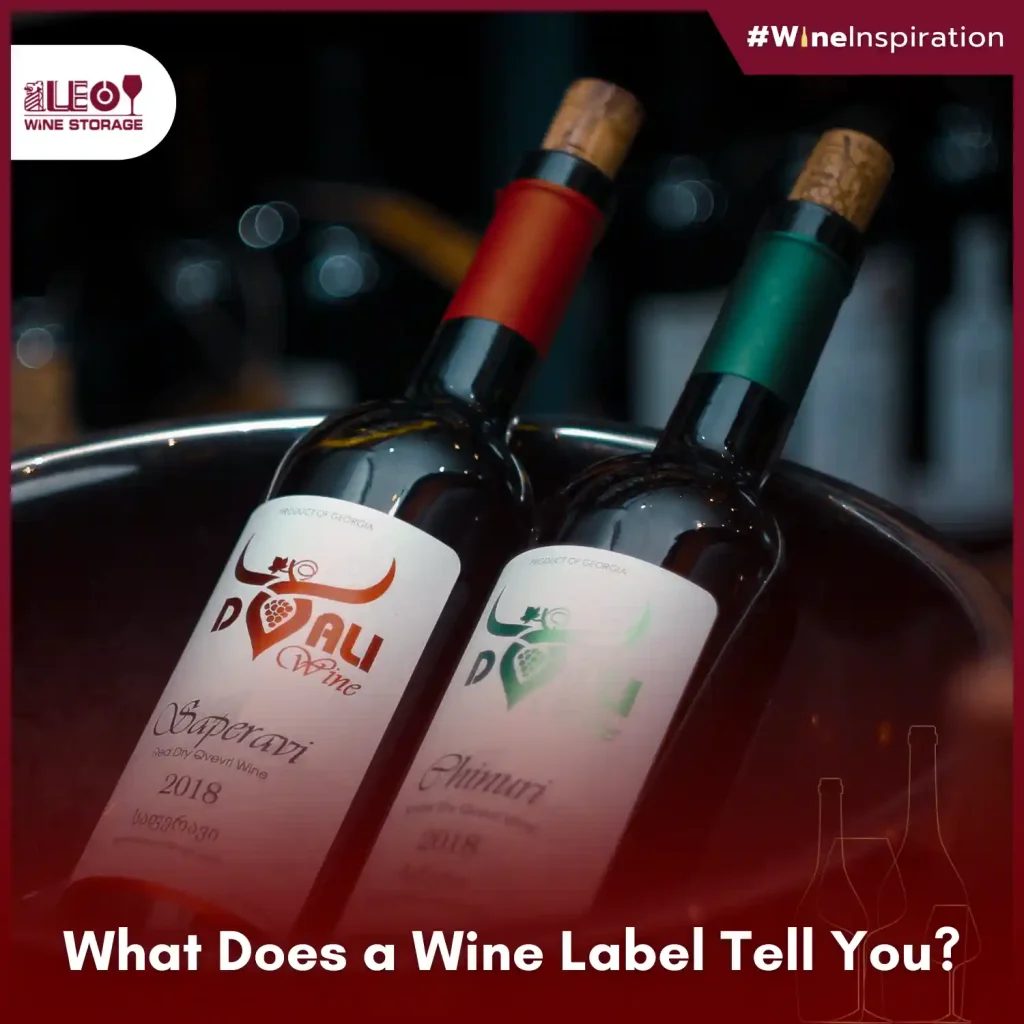When browsing the wine section at a supermarket or a specialty store, the first thing that often catches your eye is the wine label—covered with names, logos, foreign words, and elegant designs. For beginners, it can seem overwhelming. But did you know that a wine label is like a map, offering key information about what’s inside the bottle? Understanding these details can help you choose the wine that best suits your taste.
Wine Name
Typically displayed prominently on the label, the wine’s name may refer to the producer, brand, or a specific name for that vintage or series. In European wines, you might see the name of the region—like Bordeaux, Chianti, or Rioja—instead of the grape variety. On the other hand, wines from New World countries such as Australia or Chile often clearly state the grape variety, such as Cabernet Sauvignon or Chardonnay.
Grape Variety
New World wines—from countries like the United States, Chile, Argentina, or Australia—commonly include the grape variety on the label. Names like Merlot, Shiraz, or Sauvignon Blanc give strong hints about the flavor profile of the wine. European wines, particularly those with protected designations, may not list the grape but rather the region, which implies a certain style or blend based on tradition.
Vintage Year
One of the most important details is the vintage year, indicating the year the grapes were harvested. Usually found on the front label, this number can tell you how old the wine is—and, in many cases, the quality of the harvest from that particular year. Climate conditions greatly affect grape quality, so the vintage can provide insight into the wine’s overall character.
Alcohol Content and Volume
Wine labels often list the alcohol by volume (ABV) as a percentage—such as 13.5%—giving you a sense of the wine’s strength or intensity. You’ll also find the net volume listed, most commonly 750 ml, so buyers know exactly how much wine is in the bottle.
Additional Descriptions and Special Terms
Some bottles include terms like “Reserve,” “Estate Bottled,” “Grand Cru,” or “DOCG.” These indicate levels of quality, regulatory classification, or exclusive vineyard origin. Understanding these terms helps you recognize whether a wine is considered premium, strictly controlled, or from a special estate.
For those beginning to collect wine or wishing to preserve special bottles, proper storage is key. Stable temperature, controlled humidity, and secure handling all help maintain the wine’s quality over time. That’s where LEO Wine Storage comes in—offering international-standard wine storage rooms with precise climate control, 24/7 security, and full amenities. Whether you’re storing just a few bottles or an entire collection, LEO Wine Storage provides a reliable solution tailored for both wine lovers and collectors.

